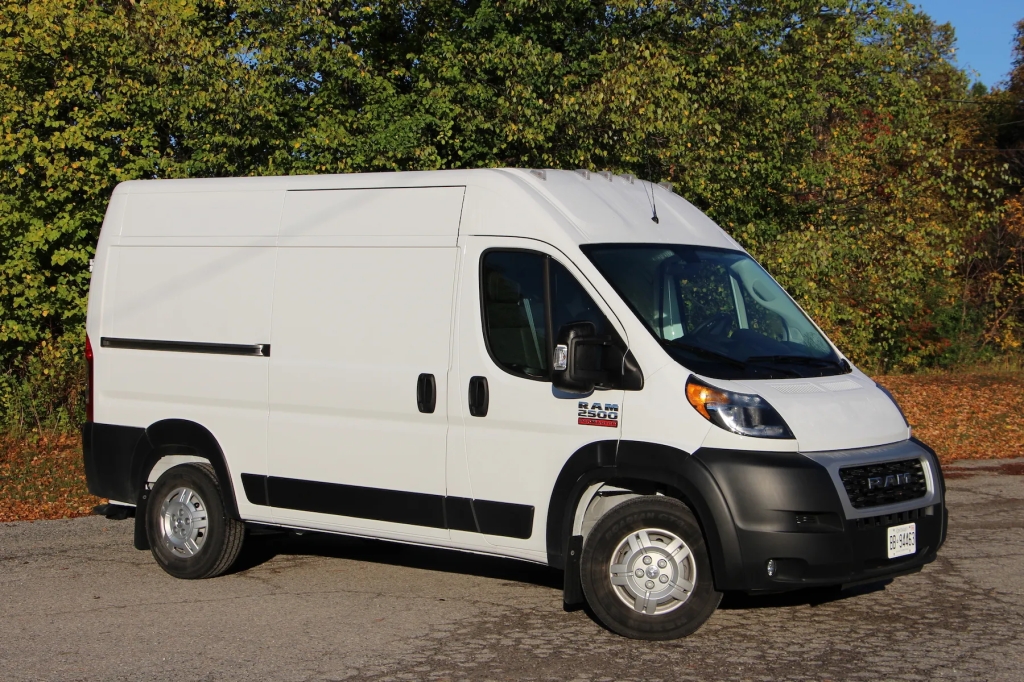
Selecting the right commercial van for your business is a crucial decision that can significantly impact your operations, efficiency, and profitability. The ideal van should meet your specific needs, provide reliability, and offer value for money. Here’s a comprehensive guide to help you choose the best commercial van for your business.
Budget Considerations
Budget is a critical factor when selecting a commercial van. Besides the initial purchase price, consider the total cost of ownership, which includes insurance, fuel, maintenance, and potential financing costs. Calculate the expected return on investment by factoring in how the van will contribute to your business’s efficiency and revenue.
Fuel Efficiency
Fuel efficiency is an important consideration, especially if your business involves extensive driving. Opting for a van with good fuel economy can significantly reduce operating costs over time. Compare the fuel efficiency ratings of different models and consider alternative fuel options, such as electric or hybrid vans, which may offer long-term savings and environmental benefits.
Payload Capacity
The payload capacity of a van is the maximum weight it can safely carry, including passengers, cargo, and equipment. It’s essential to choose a van with a payload capacity that matches your business needs. Overloading a van can lead to safety issues, increased wear and tear, and potential legal liabilities.
Vehicle Dimensions and Accessibility
Consider the dimensions of the van, including its height, length, and width. Ensure the van can navigate the areas where it will be used, such as narrow city streets or low-clearance parking garages. Additionally, evaluate the ease of loading and unloading goods. Features like sliding side doors, rear access doors, and low loading heights can improve accessibility and efficiency.
Reliability and Durability
Reliability and durability are crucial for minimizing downtime and maintenance costs. Research the reliability ratings of different van models and read reviews from other business owners. Look for vans known for their longevity and low maintenance requirements. A reliable van ensures that your business operations run smoothly without unexpected interruptions.
Safety Features
Safety should be a top priority when selecting a commercial van. Modern vans come equipped with various safety features, such as anti-lock brakes, stability control, airbags, and advanced driver assistance systems like lane departure warnings and collision mitigation systems. Investing in a van with robust safety features can protect your drivers, passengers, and cargo, and may also lower insurance premiums.
Customization Options
Depending on your business, you may need to customize the van to fit specific needs. Some vans offer modular interior systems that can be tailored with shelves, racks, or storage compartments. Ensure the van you choose can be easily customized and modified as your business grows and evolves.
Conclusion
Choosing the right commercial van for your business involves careful consideration of various factors, including your specific needs, budget, fuel efficiency, payload capacity, and safety features. By taking the time to evaluate these aspects, you can select a van that enhances your business operations, improves efficiency, and provides long-term value. Make an informed decision to ensure your commercial van is a valuable asset to your business.








